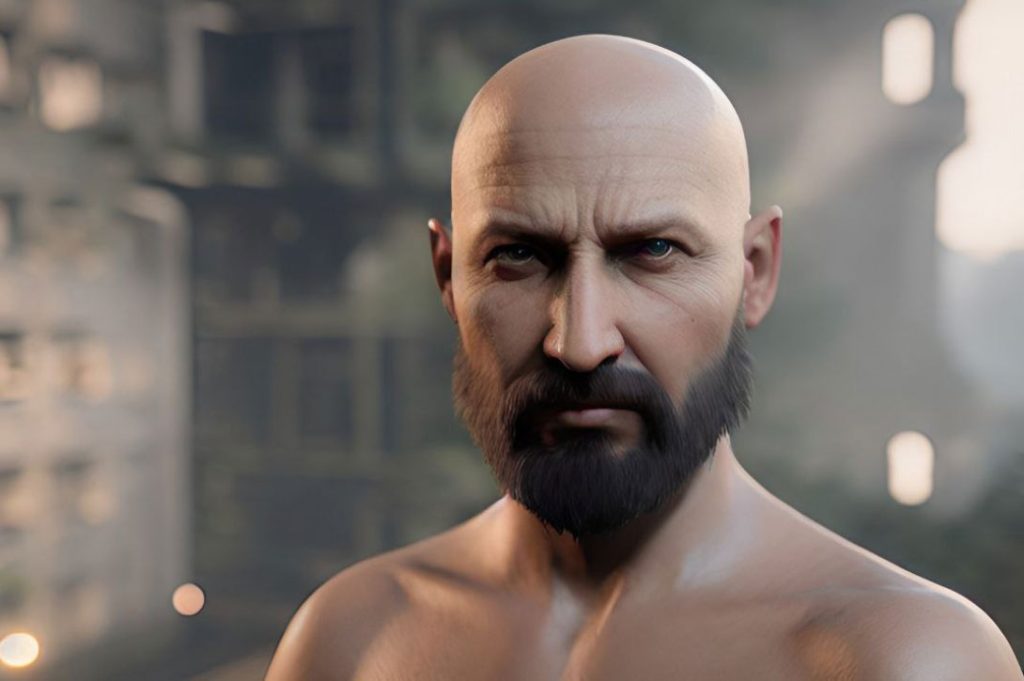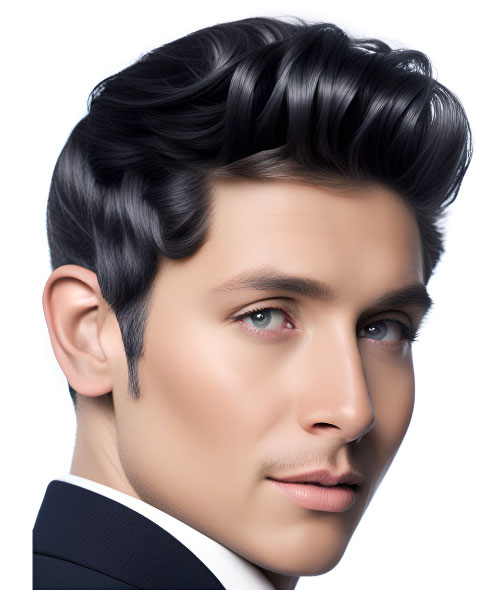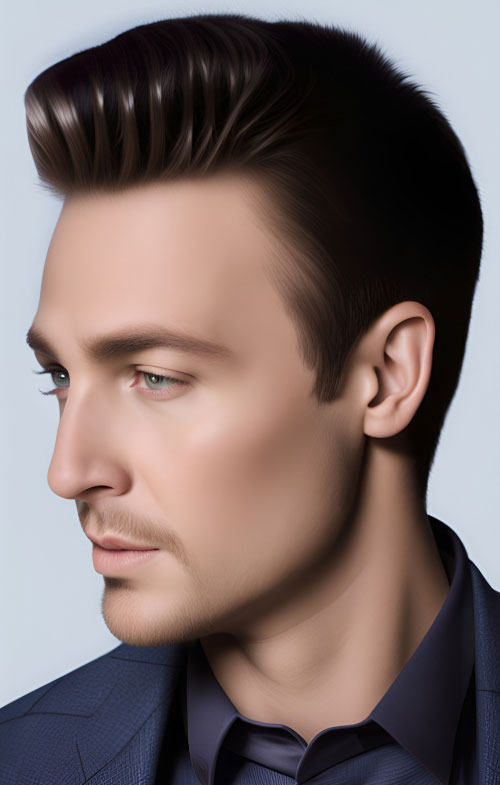Sideburns: The Art of Crafting Facial Frame
Sideburns, often overlooked, play a pivotal role in enhancing and defining the character of shorter hair designs. Their adaptation can transform an individual’s appearance, either subtly complementing the face or creating a bold statement. This guide, meant for stylists and those curious about the art of sideburns, elucidates the intricacies of shaping and designing them.

Understanding the Importance of Sideburns
Sideburns function as a bridge between the hair and the facial structure. Their length, shape, and density can significantly influence the visual balance and harmony of a person’s face. As such, careful design and shaping are critical.

Factors Influencing Sideburn Design
- Facial Structure and Features: The relativity of sideburn length plays out differently based on a person’s facial proportions. A sideburn that appears medium on an individual with a broader face might look strikingly long on someone with delicate features.
- Natural Hair Growth: A client’s hair density, texture, and natural hairline profoundly impact sideburn design. For instance, light, thin sideburn hair might not support very close cutting, while dark, dense hair might necessitate it.
- Ear Size and Placement: Sideburn length is often relative to the ears’ size and placement. An individual with larger ears might wear what appears to be a longer sideburn more gracefully than someone with smaller ears.



Designing Sideburns: A Guideline
- Visual Balance and Proportion: The ultimate goal is to create a visually harmonious look. Hence, considering balance, color, and proportion is paramount when shaping sideburns.
- Symmetry in Appearance: While aiming for sideburns that appear even when viewed from the front, it’s essential to remember that true symmetry is rare. A sideburn that’s perfect on one side may need slight adjustment on the other to maintain a symmetrical look.
- Transition and Blend: Ensure a seamless transition from the hairline into the side sections. The sideburns’ density should taper naturally, without abrupt changes.
- Using Anatomical Reference Points: While facial bones can serve as a guideline for trimming sideburns, adaptability is key. If a client’s features aren’t symmetrical, adjustments are necessary to ensure that the sideburns look balanced.
- Adaptability and Flexibility: Sideburns should be seen as an extension of both the facial shape and the hairstyle. Classic designs, like the midpoint sideburns, have timeless appeal. Meanwhile, sideburns blending into beards provide room for creativity and style flexibility.
Conclusion
The beauty of sideburns lies in their ability to enhance, modify, and complement an individual’s facial attributes. For stylists, the task isn’t just about trimming or shaping hair but understanding facial structures, recognizing asymmetries, and applying artistry to bring out the best in their clients. With precision and a keen eye for detail, sideburns can elevate a hairstyle from simple to sophisticated, framing the face and reflecting the individual’s unique character.






